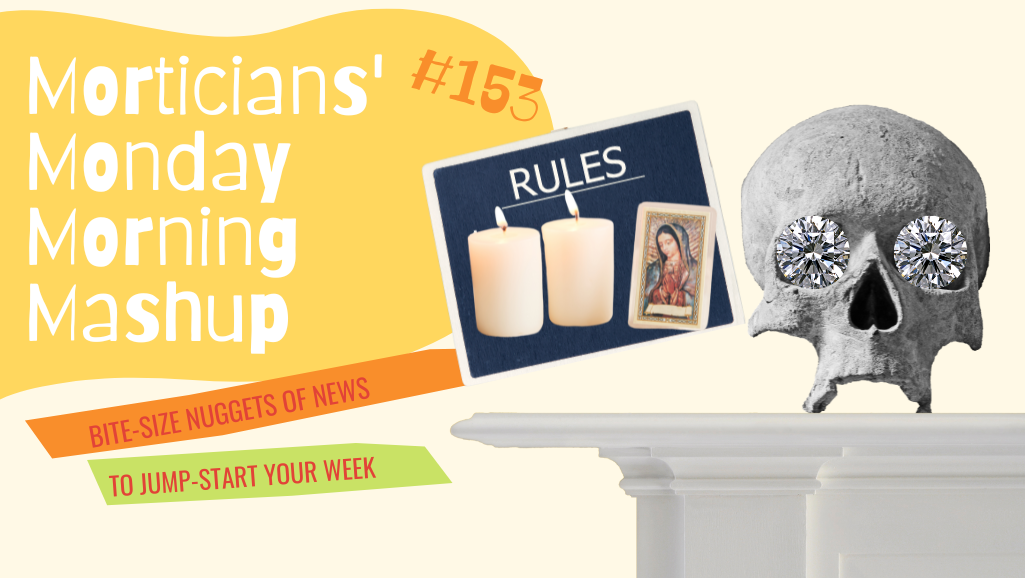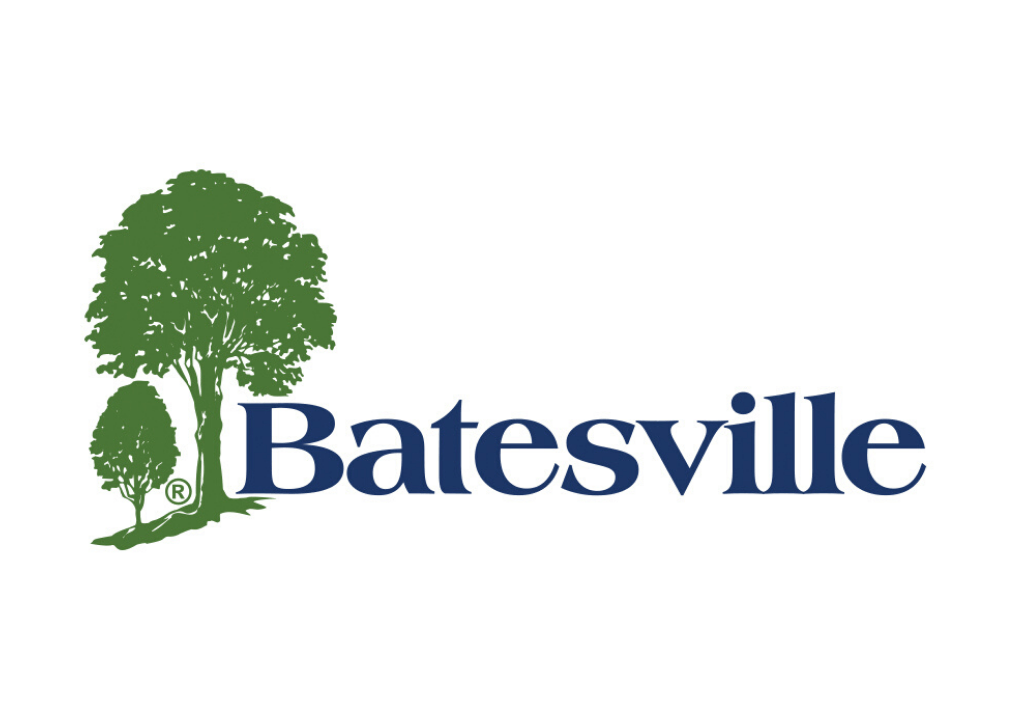Mantle Skulls & Sainthood Protocols | 4M #153
Welcome to the hundred-and-fifty-third edition of Morticians’ Monday Morning Mashup, 4M #153, where we’ll serve up bite-sized, easily-digestible nuggets of the deathcare news you need to crush conversations in the week ahead. Bon appetit!
Not-so-good will
You never know what you’ll find in your local thrift store, but you can be sure it’s not going to be a casket. The folks at a Goodwill store in Northern Louisiana were intrigued when they found an actual adult-size casket in their donation pile, and even more intrigued when they found out how much caskets are going for these days ($$$$). However, they quickly learned that only morticians could resell caskets, and finally convinced a local funeral home to take it off their hands and burn it.
Good advice
Found this gem in an advice column on Slate:
Q: “He doesn’t want to be buried. Or cremated. Or have his body donated for scientific or medical purposes. No, what he wants is to be decapitated, his skull cleaned out, and have the rest of his remains processed into two memorial diamonds. He wants those diamonds stuck into his empty eye sockets and to be put on the mantlepiece of MY home, so he can ‘watch his grandkids and any other descendants that might live there.’ He’s done all the homework on this too, found companies for the various sorts of processing, and double-checked with an attorney to make sure that this is legal where we live. (It unfortunately is.)”
A: Despite your father’s alleged homework, this article would suggest that he’s mistaken. Most funeral homes don’t have the equipment nor the paperwork and legal chutzpa to make this a reality. (Did you know that some museums use flesh-eating beetles to help clean their skeletons? Can’t imagine that’s a service funeral homes are including in their brochures.) Also, a state’s laws about human remains, though they are often vague, aren’t vague enough to allow this kind of “anything goes!” final directive.
Buried in Boothill?
Believe it or not, it’s been 31 years since the now-classic movie Tombstone, starring Val Kilmer and Kurt Russell, was released. As it turns out, there’s more death-related trivia attached to the movie than just its name (and, of course, all those dead bad guys). Last week ScreenRant revealed that after the movie wrapped, Russell gifted Kilmer a burial plot in Boothill Cemetery, a real cemetery that was also featured in the movie. Before learning of this kind gesture, Kilmer gave Russell an acre of land overlooking the cemetery. The gifts were quite appropriate, as Russell had said earlier of Kilmer’s character, “Doc Holiday is all about death.” P.S. There’s no word on whether Russell plans to spend eternity in Boothill, but we’ll keep you updated.
Green victory
A Michigan couple who sued their township after authorities banned the opening of any new cemeteries may be able to proceed with their plans to open a 20-acre green burial ground after all. Last week, a court ruled that it was unlawful for a municipality to “ban a land use, especially a land use that is a human necessity, like a cemetery.” The ban in question was placed after residents complained about the potential green burial site, within which landowners Annica and Peter Quakenbush have already received tentative reservations for 250 plots. Residents and municipality officials cited potential issues with water pollution and potential costs for road upkeep near the site.
Resurrecting a scandal
Just as deathcare begins the process of healing the wounds of the Return to Nature and Sunset Mesa travesties, a podcaster has decided to bring up a 22-year-old scandal that rocked the deathcare world. The podcast Noble, which was released on July 31, explores the 2002 discovery of 339 decaying bodies at Tri-State Crematorium in Noble, Georgia. Five of the eight planned episodes are now available, with new episodes coming every Wednesday.
No sainthood for this Sister
Last year, when the corpse of a nun — who had been buried unembalmed in an unsealed wooden casket four years earlier — was unearthed and found to be unbelievably well-preserved, thousands of Catholics made the pilgrimage to the Missouri monastery where her body had been put on display. Naturally, many assumed that Sister Wilhelmina Lancaster would be considered for sainthood as an “incorruptible,” or a body that does not experience normal decay after death. On August 22, the Diocese of Kansas City-St. Joseph released the results of a medical examination and evaluation of the nun’s remains, and concluded that although the state of the body was indeed unusual, this alone does not qualify Sister Wilhelmina for sainthood. “The Catholic Church does not have an official protocol for determining if a deceased person’s body is incorrupt, and incorruptibility is not considered to be an indication of sainthood” said Most Reverend Bishop James V. Johnston. “There is no current plan to initiate a cause for sainthood for Sister Wilhelmina.”




